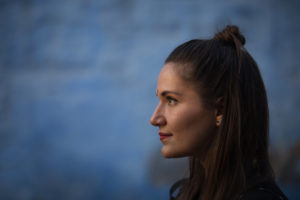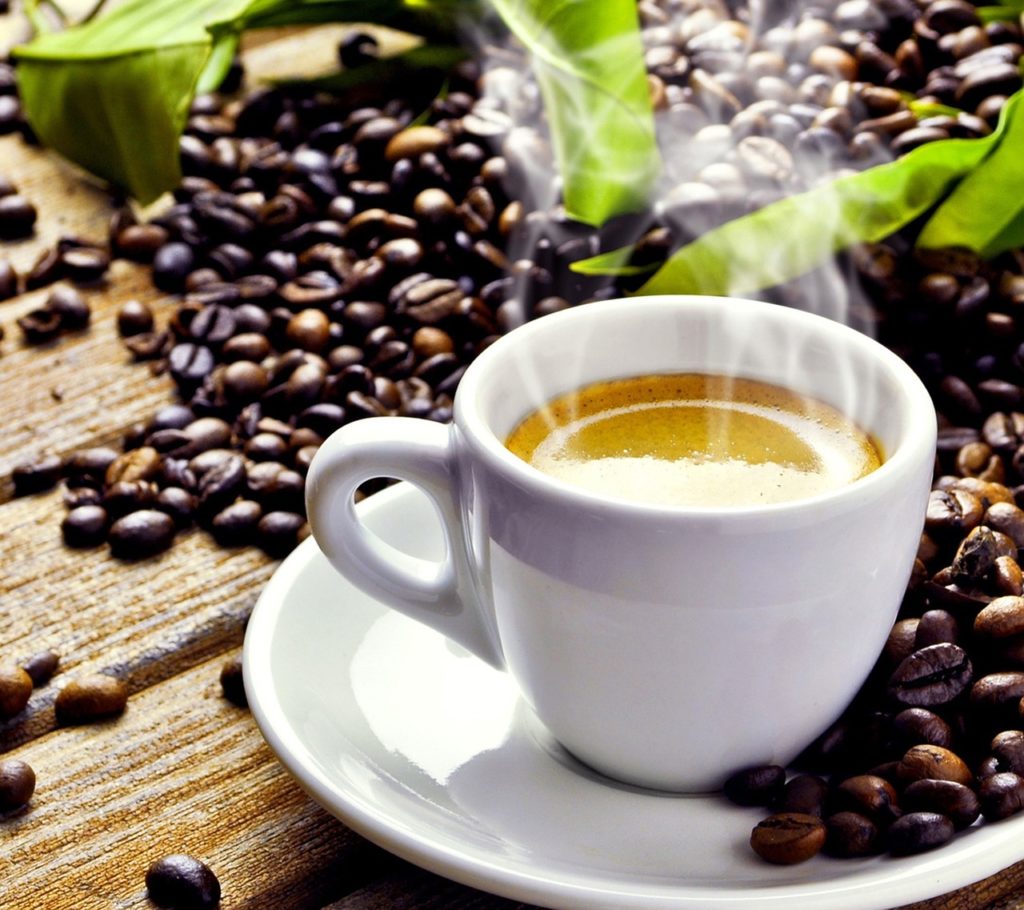Touring a Coffee Plantation in Costa Rica
Traveling has made me a coffee lover. I’ve enjoyed the perfect espresso in Italy, strong traditional brews made in copper pots in Albania, cortados in Uruguay, and learned to take my coffee with coconut milk in Vietnam. Throughout my adventures, I’ve visited coffee plantations in India, Indonesia, and Vietnam. I thought I’d collected an abundance of knowledge about the caffeinated beverage but it wasn’t until I took a tour of the organic Finca Rosa Blanca coffee plantation in Santa Bárbara de Heredia, Costa Rica, that I realized I knew absolutely nothing about the cultivation of coffee.
As we strolled the rolling hills of the 30-acre fully-sustainable coffee farm, located at 3,900 feet above sea level, local naturist Ulises Zuñiga Valdez explained their pesticide-free shade growing methods. We stopped to admire a coffee tree that was bustling with red and green cherries to try the raw red fruit and discuss the history of coffee cultivation in Costa Rica, and the world.
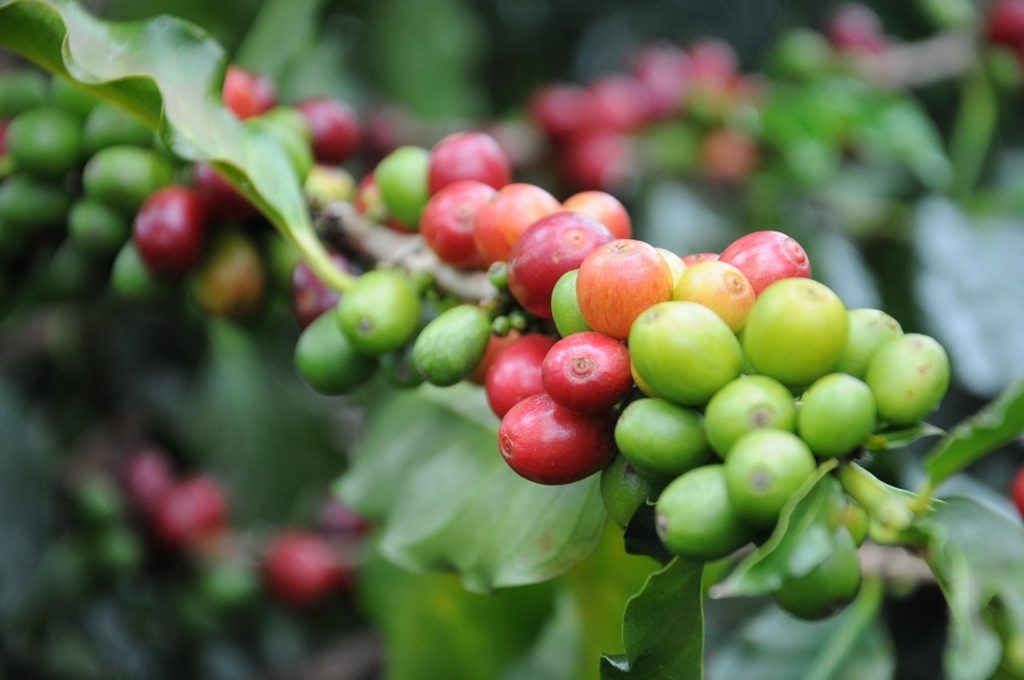
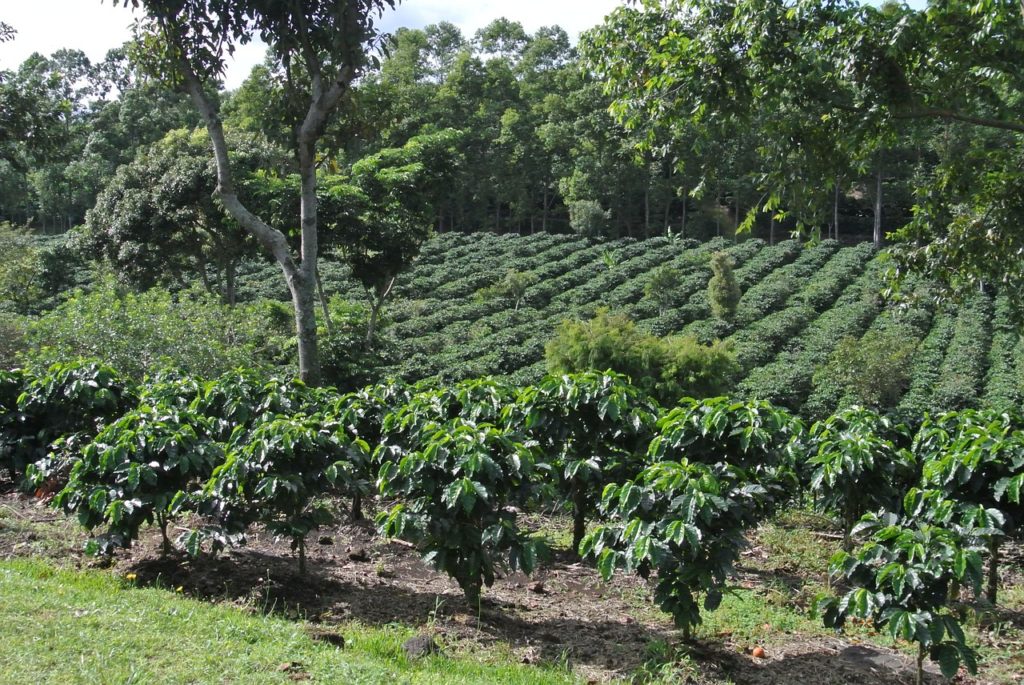
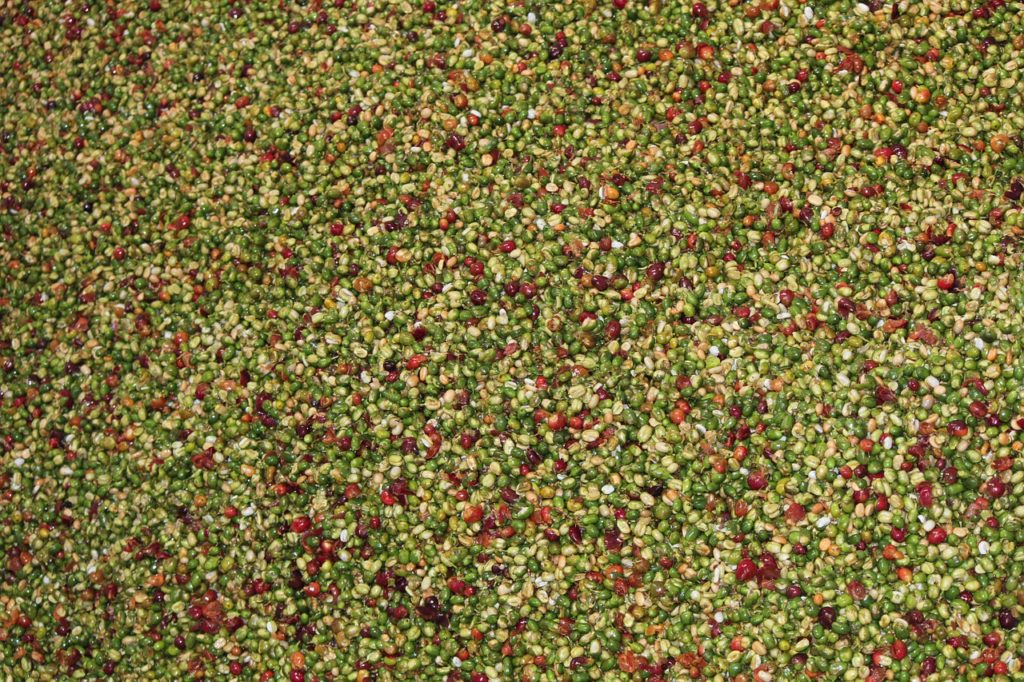
7 Things I Learned About Coffee
- Only arabica coffee beans are grown in Costa Rica. It’s downright illegal to sow any other species. Robusta and other varieties of coffee plants were banned in Costa Rica about three decades ago. Robusta can produce three times more coffee cherries than arabica, but is significantly lower in quality. Robusta also has more caffeine but Ticos, as Costa Ricans call themselves, strive for quality over quantity and produce high-quality 100% arabica coffee, anything else would simply be inferior. It’s the only country in the world that has banned the growth of other coffee plant varieties.
- Coffee cherries don’t always have two seeds inside, sometimes the cherry may have just one large seed or three tiny ones. I found all three types at Finca Rosa Blanca and was astonished. Botanically, coffee plants are a part of the Rubiaceae family with gardenias. The coffee plants in Costa Rica have a tiny flower that gives off a wonderful aroma.
- Our planet has a coffee belt that loops around the Equator. This tropical portion of the globe shares a similar lush rainforest environment and climate that’s ideal for cultivating coffee. Costa Rica is positioned within the zone as is Ethiopia, which is where coffee originated. There are plenty of coffee-producing countries around the world in similar latitudes, but no one loves their own export more than Ticos. Their per capita coffee consumption is the highest of any coffee-producing country in the world.
- Costa Rica is just 15th in line as far as the global contribution of coffee goes. The tiny Central American country has the highest crop harvest of coffee beans globally with 56.438 ounces of coffee per hectare. Brazil contributes 30% and is the largest coffee grower.
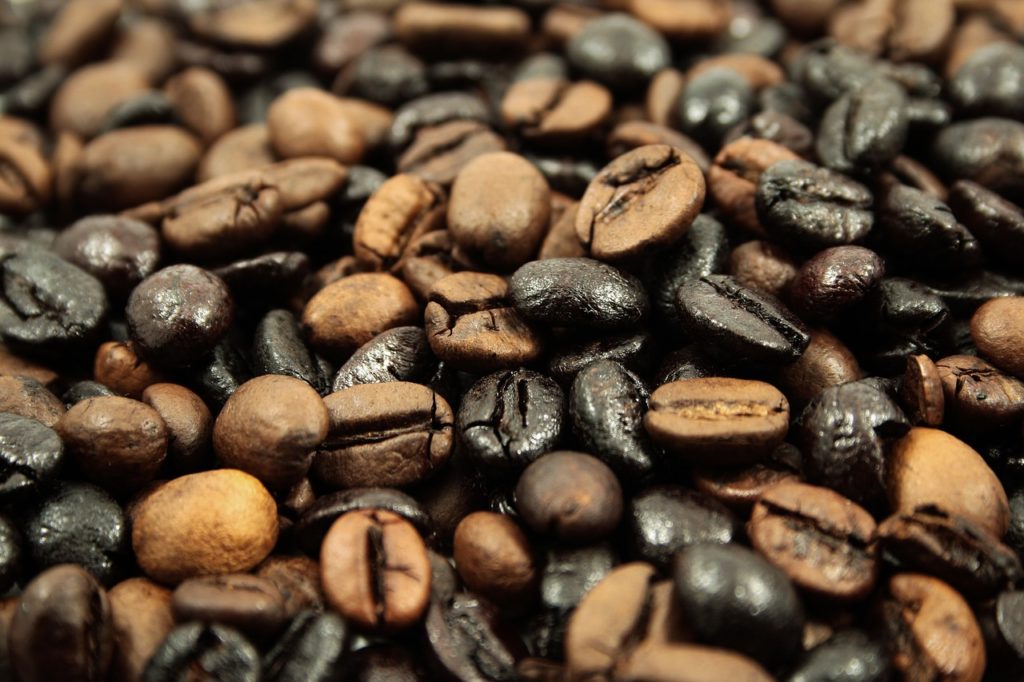
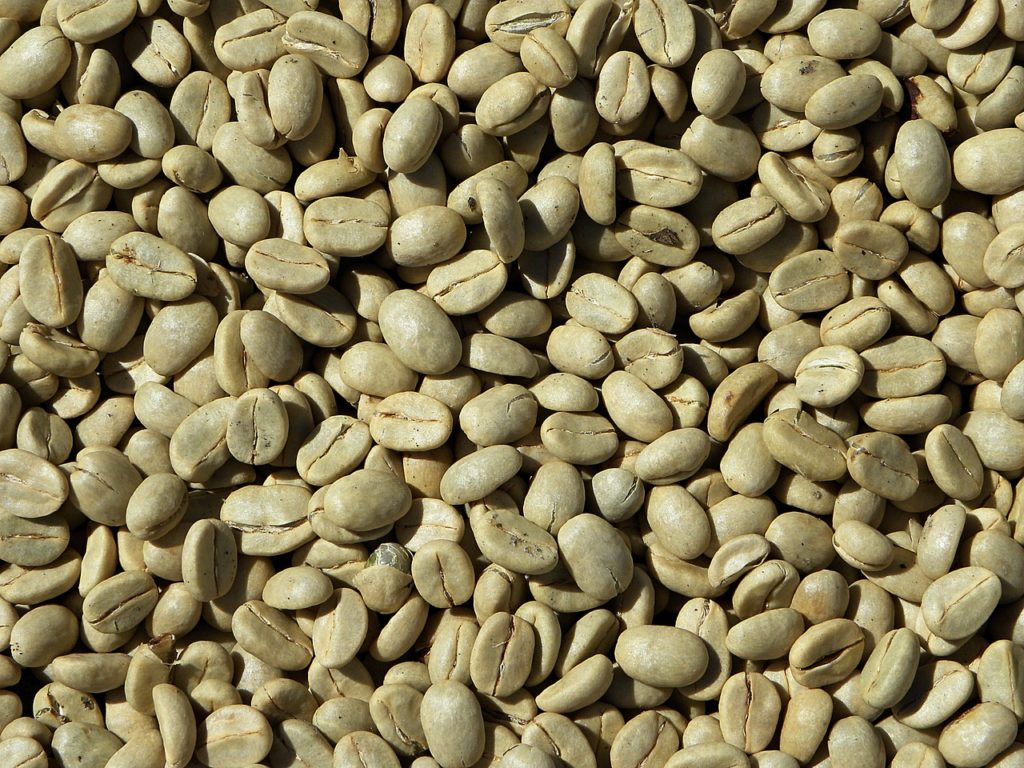
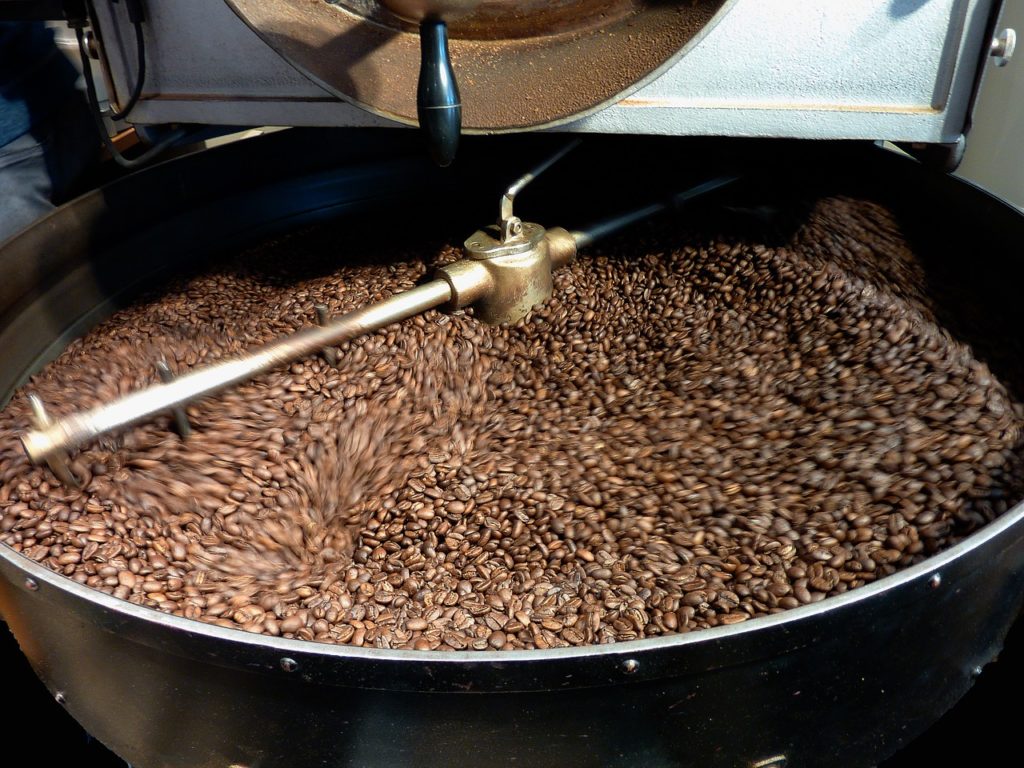
Light Roasts versus Dark Roasts
- Light roasts have more caffeine than dark roasts. During the coffee tasting portion of the Finca Rosa Blanca coffee plantation tour in the on-site roasting facility, we were quizzed on our coffee knowledge as we tried to identify aromas and taste test a light and a dark roast. I’ve always assumed that the darker a coffee was, the stronger it must be. So, if you’re like me and have turned to a bold espresso whenever you’re dozing off expecting to get a serious caffeine boost you were doing it all wrong. Espresso has less caffeine than a blonde roast. Perhaps this is why Italians can have an espresso after dinner and fall asleep promptly after.
- Coffee absorbs its aroma from the soil where it grows. Coffee actually never stops absorbing aromas. So, if you store your beans or ground coffee in plastic you can expect your coffee to taste pretty awful. Valdez recommends opening bags of coffee immediately and storing them in a glass container as even paper bags or ceramic jars will alter the flavor of the coffee.
- In Costa Rica, coffee is traditionally prepared in a chorreador. The apparatus that’s used to make Costa Rican coffee is nicknamed the coffee sock due to its appearance. A chorreador is a cloth filtered bag positioned over a wood stand. The coffee making process is quite simple, a mug is placed under the stand and coffee grounds are placed inside the bag or sock, and then hot water is poured over to drip down into a piping hot cup of ‘aguas de medias’ which translates literally to mean sock water.
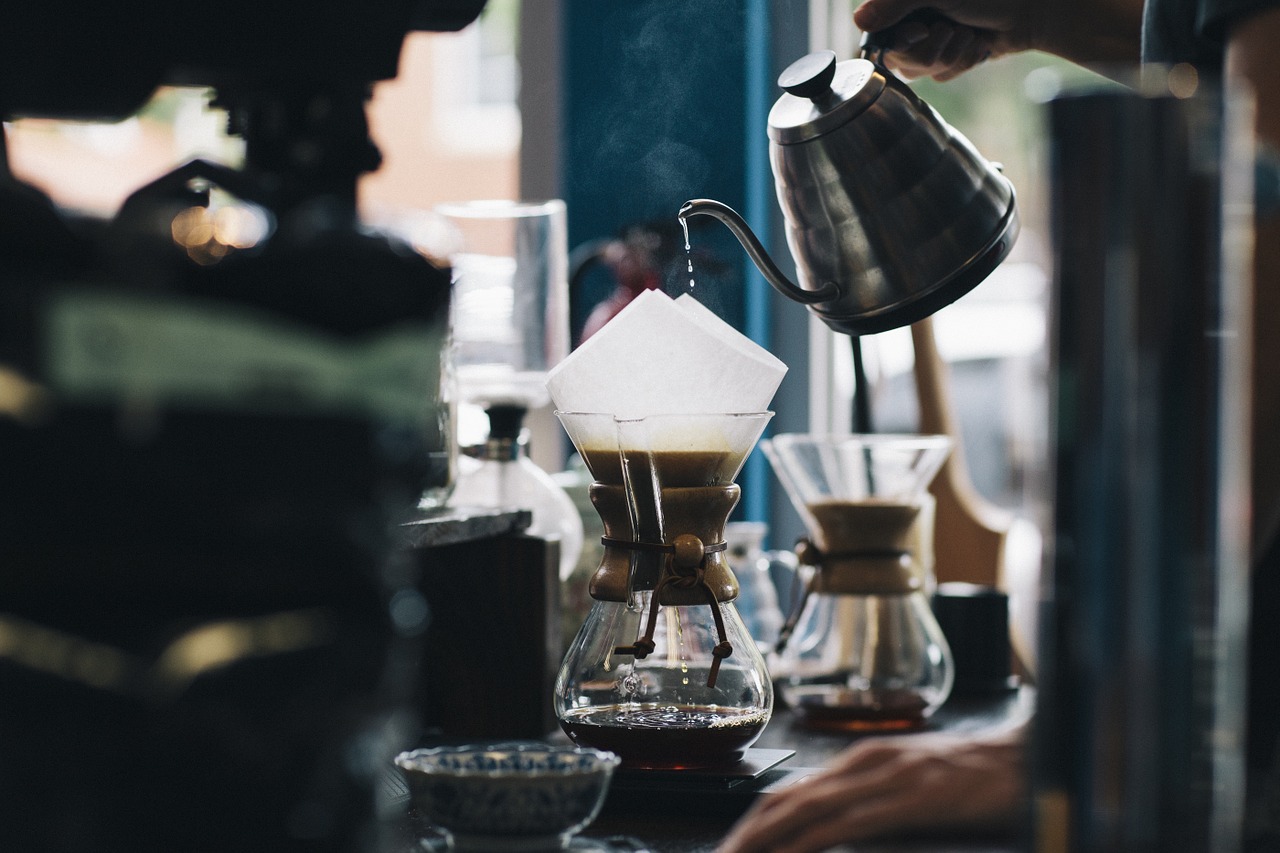
Tips for Preparing Coffee to Maximize the Taste
For your coffee making pleasure, here a few other tips I learned from Valdez. Never store your coffee in the fridge as it’ll create moisture and ruin the quality. Don’t make coffee with boiling water as it’ll continue to roast the beans and ruin the aroma. Lastly, a barista isn’t just someone who makes your favorite cup of coffee, the term is traditionally used for someone who’s studied the aromas of coffee, similar to a wine sommelier.
The Costa Rican organic coffee industry is quickly disappearing as more pesticides are used on Costa Rican crops than anywhere else in the world. Valdez firmly stands by the sustainable cultivation methods at Rosa Finca Blanca. He tells me that “organic coffee farming is the best way to work the land without destroying it, working as one, as part of the ecosystem.” He adds, “As a local, I’m very proud and happy when I see that it’s possible for a company to contribute to the community economically without destroying the forest, river, or any single part of the nature that we call home.”
Valdez captures perfectly why sustainable coffee plantations matter. We can all do our part by drinking organic coffee whenever possible, no matter where in the world we are.
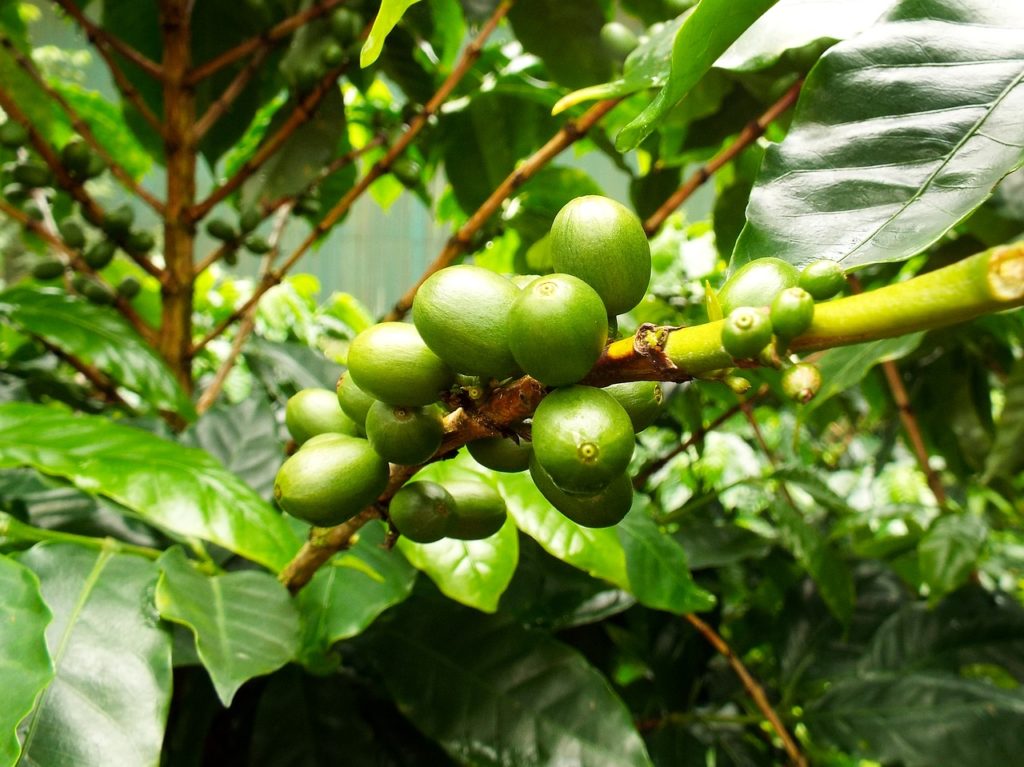
Book Your Stay Now in Costa Rica
Search, compare and book hotels & rentals at the best prices from major booking sites including Booking.com, Hotels.com, Expedia, Vrbo, and more. You can move the map to search for accommodations in other areas and also use the filter to find restaurants, purchase tickets for tours and attractions, and locate interesting points of interest!

